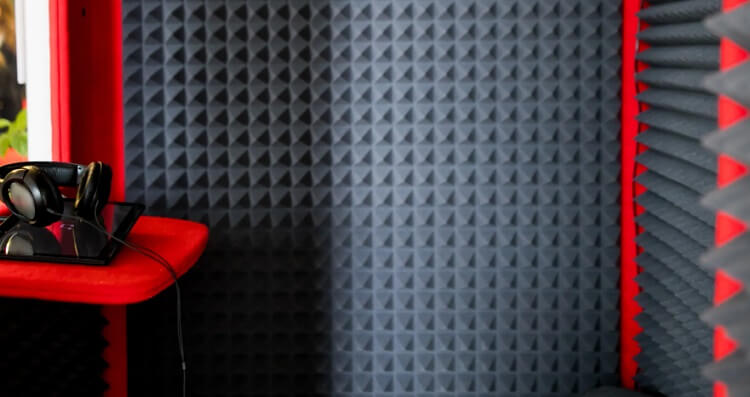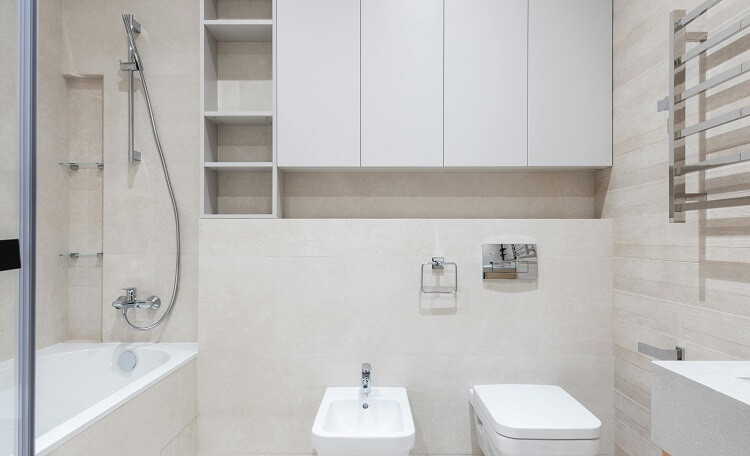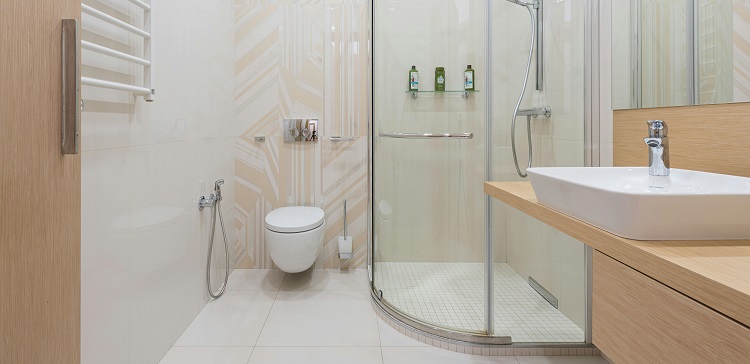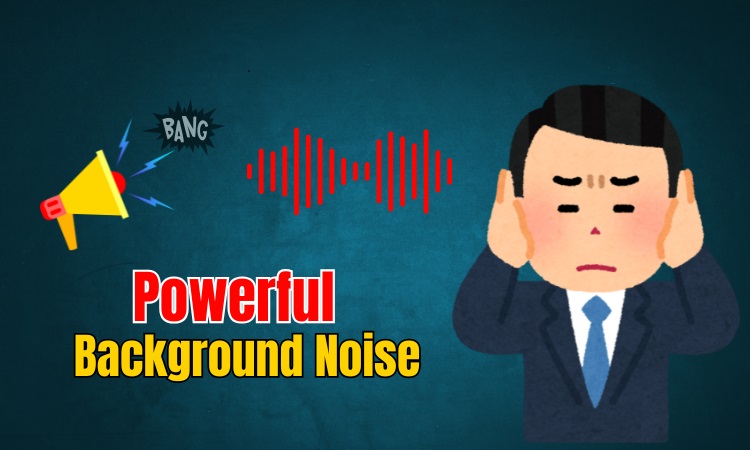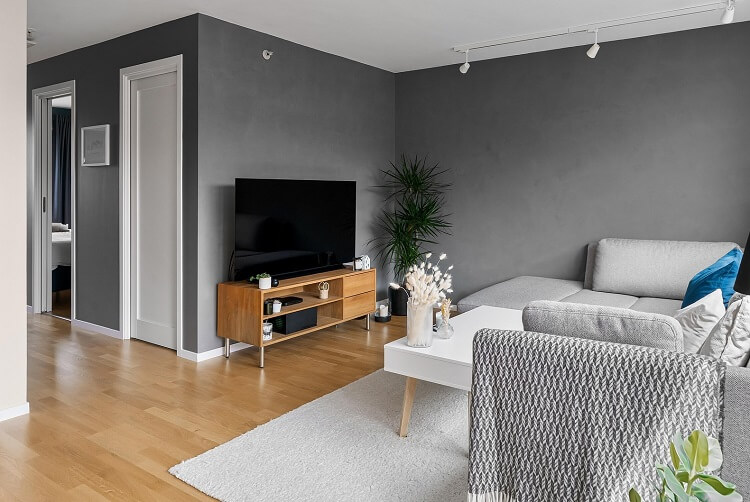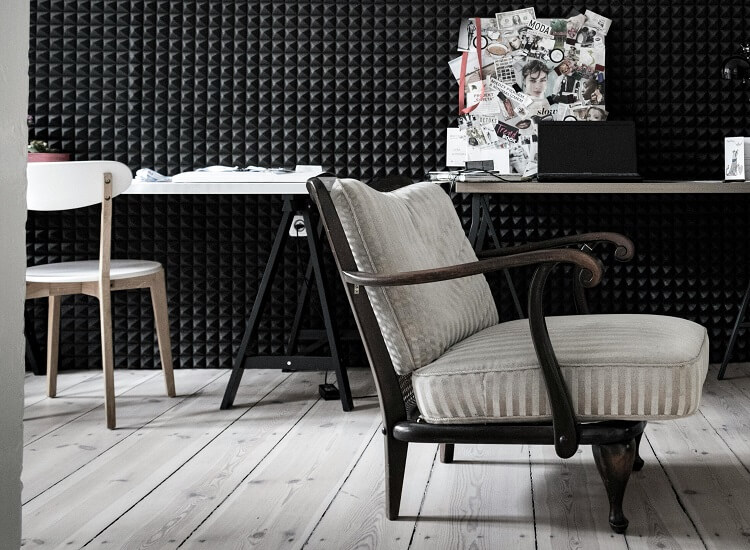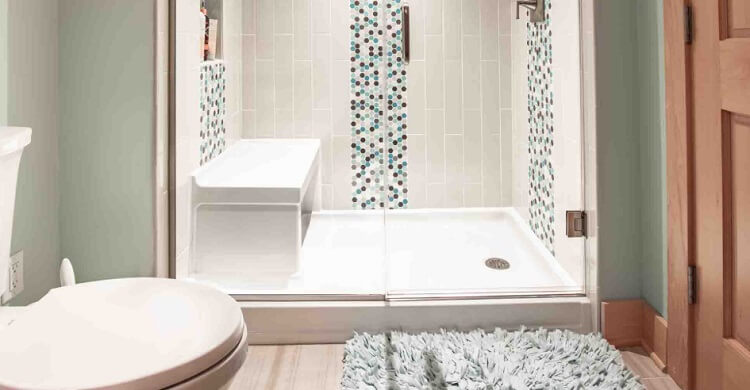
How can you reduce noise in bathrooms? Use soundproof materials, soft furnishings, and noise-reducing fixtures to block plumbing sounds, echoes, and external noise for a quieter and more relaxing space.
Bathrooms are essential spaces in every home, yet they often become one of the noisiest areas. From echoing tiles to loud plumbing and ventilation sounds, the noise in bathrooms can disrupt your relaxation and compromise privacy. Noise control is essential not just for comfort but also to maintain a peaceful home environment.
Addressing these issues with thoughtful design choices and soundproofing techniques can transform your bathroom into a quiet retreat. Whether you’re dealing with echoing surfaces or noisy exhaust fans, there are effective solutions to make your bathroom quieter and more serene.
Addressing Common Bathroom Noise Sources
Noise in bathrooms often stems from a combination of hard surfaces, plumbing, and ventilation. Plumbing noises, such as banging pipes or running water, are among the most disruptive. These sounds are often caused by loose pipes or high water pressure:
- Tighten loose pipes to reduce banging sounds during water flow.
- Install pipe insulation to muffle noise and prevent pipe vibrations.
Noisy exhaust fans are another common problem. Older models or poorly maintained fans tend to be loud and intrusive:
- Upgrade to a quieter model with lower decibel ratings.
- Clean fan vents regularly to ensure smooth and silent operation.
Bathrooms are also prone to echoes and reverberation because of their hard, reflective surfaces. Materials like tiles, glass, and porcelain amplify sound, creating an unpleasant acoustical environment. To counteract this, incorporate sound-absorbing elements like rugs, towels, and fabric shower curtains. These can significantly dampen echoes and create a more comfortable space.
Add Soft Furnishings to Absorb Sound
Introducing soft furnishings into your bathroom is a simple yet effective way to reduce noise. Thick rugs can be placed on the floor to absorb sound and prevent it from bouncing off hard surfaces. Towels hung on rods or hooks act as additional sound absorbers, reducing echoes within the space. Using fabric shower curtains instead of plastic ones not only enhances the aesthetic but also helps dampen sound waves.
For best results:
- Choose plush rugs and towels with dense fibers to maximize sound absorption.
- Distribute these items evenly throughout the bathroom to ensure consistent noise reduction.
- Consider layering multiple rugs or adding wall-mounted towel racks for additional soundproofing benefits.
Install Acoustic Panels or Tiles
Acoustic panels and tiles are designed specifically to combat noise and are particularly useful in moisture-prone areas like bathrooms. These materials absorb sound waves and minimize reverberation, creating a quieter environment. Installing them on walls or ceilings can drastically reduce noise levels.
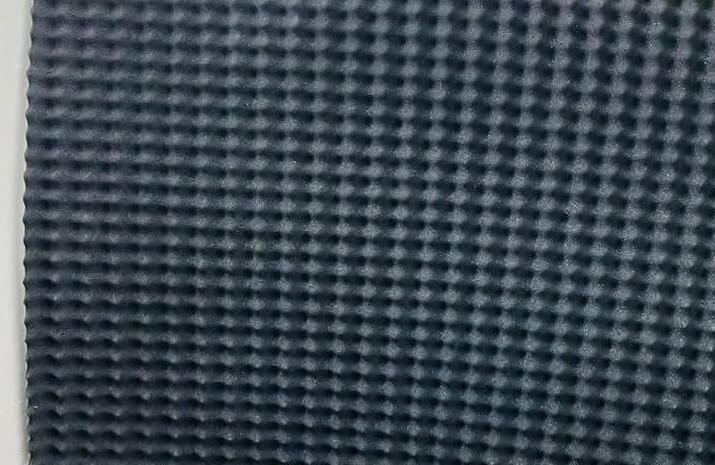
Here’s how to maximize their impact:
- Opt for water-resistant materials that are easy to clean and maintain.
- Install acoustic panels on key reflective surfaces such as walls facing plumbing or near the ceiling.
- Use self-adhesive acoustic tiles for a quick and cost-effective DIY solution.
Many modern acoustic tiles come in attractive designs, allowing you to enhance your bathroom’s aesthetics while addressing noise issues. Combining these with other soundproofing strategies amplifies their effectiveness.
Upgrade to Quieter Bathroom Fixtures
Noisy bathroom fixtures are often a source of frustration. Aging faucets, toilets, and showerheads can produce unnecessary noise. Upgrading to quieter fixtures is a practical way to enhance both comfort and functionality.
Consider these features when selecting new fixtures:
- Low-noise faucets with built-in aerators that reduce water turbulence.
- Quiet-flush toilets designed to minimize the sound of water flow.
- Showerheads with flow restrictors that maintain water pressure while reducing operational noise.
Brands known for innovative noise-reducing features offer long-term solutions that combine efficiency with tranquility. Investing in modern fixtures not only improves noise control but also adds value to your home.
Soundproof Bathroom Doors and Windows
Doors and windows are common weak points in bathroom soundproofing. Gaps around doors and thin window panes allow noise to enter and escape easily. To address this:
- Install weatherstripping around door frames to seal gaps and block sound leaks.
- Add door sweeps to prevent noise from passing underneath the door.
- Upgrade to double-pane windows for superior sound insulation.
For additional noise reduction:
- Use heavy curtains or blinds to further dampen external noise.
- Consider frosted or acoustic glass options for privacy and soundproofing.
These measures not only improve noise reduction but also enhance privacy and energy efficiency, making them a worthwhile investment for any bathroom upgrade.
Insulate Bathroom Walls and Floors
Adding insulation to walls and floors is a more comprehensive approach to bathroom noise reduction. Insulating walls with soundproof materials, such as foam or fiberglass insulation, blocks sound transmission effectively. For floors, soundproof mats or rubber underlayment can absorb vibrations caused by walking or moving furniture.
To insulate walls and floors:
- Remove existing wall coverings if necessary to install soundproof insulation.
- Apply rubber mats beneath tiles or flooring to dampen noise.
- Consider hiring a professional for extensive installations to ensure proper coverage and effectiveness.
This method is particularly useful for bathrooms located near living spaces or bedrooms, where noise reduction is critical for overall comfort.
Replace Noisy Exhaust Fans
Exhaust fans are essential for bathroom ventilation, but they’re often a significant source of noise. Replacing an older or noisy fan with a quieter model can make a noticeable difference. Modern exhaust fans are designed to operate at lower decibel levels without compromising airflow.
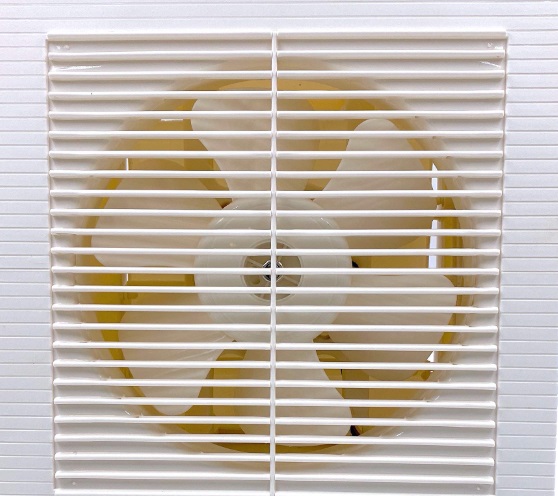
When choosing a quiet exhaust fan, look for models with the following features:
- Low decibel ratings (preferably below 1.5 sones).
- Energy-efficient motors for silent operation.
- Integrated dampers to reduce backdraft noise.
Installing a quiet exhaust fan is a straightforward process and can often be completed as a DIY project. For larger bathrooms or those with higher moisture levels, ensure the fan has sufficient power to maintain air circulation while remaining quiet.
Professional Soundproofing Solutions
If DIY methods don’t fully address bathroom noise, professional soundproofing solutions can provide the expertise and materials needed for optimal results. Professional services include:
- Custom soundproofing panels designed to fit your bathroom’s layout.
- Specialized insulation installation for walls, floors, and ceilings.
- High-quality door and window treatments to block external and internal noise.
While these options can be more costly, they guarantee effective and long-lasting noise reduction, especially for bathrooms in noise-sensitive areas.
FAQ
What causes noise in bathrooms?
Common causes include plumbing sounds, echoes from hard surfaces, and noisy ventilation systems. Older fixtures and poorly insulated walls also contribute to the problem.
How can I reduce bathroom noise on a budget?
Add soft furnishings like rugs and towels, use weatherstripping for doors, and install soundproof mats under sinks or on floors to dampen sound.
Are there quiet exhaust fans available?
Yes, many modern exhaust fans are designed with low decibel ratings and energy-efficient motors to operate quietly while maintaining effective ventilation.
Can I soundproof my bathroom myself?
Yes, DIY solutions like installing acoustic panels, sealing gaps, and adding soft furnishings can address minor noise issues effectively without professional assistance.
Conclusion
Reducing noise in bathrooms enhances privacy and creates a more relaxing environment. By addressing common noise sources, adding soft furnishings, upgrading fixtures, and implementing soundproofing strategies, you can achieve a quieter and more comfortable space. Start with simple solutions like rugs and curtains, and consider professional help for advanced soundproofing needs. Transform your bathroom into a serene retreat today.

